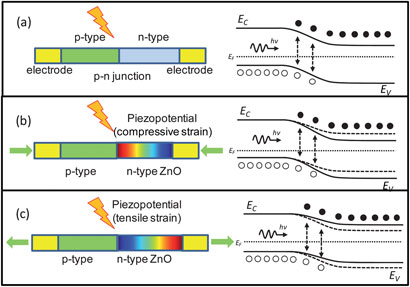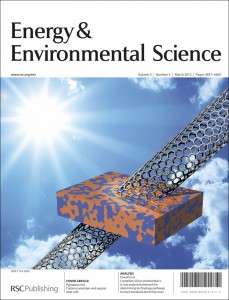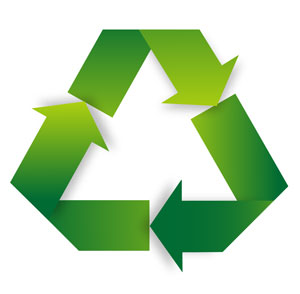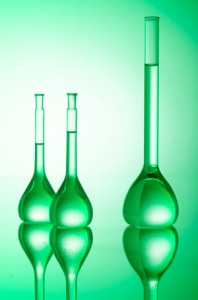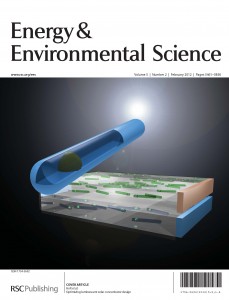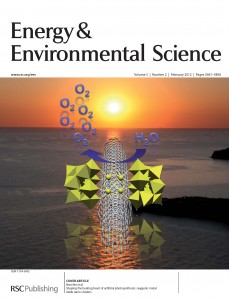This month sees the following articles in Energy & Environmental Science that are in the top ten most accessed in September:
Graphene based catalysts
Cancan Huang , Chun Li and Gaoquan Shi
Energy Environ. Sci., 2012, 5, 8848-8868
DOI: 10.1039/c2ee22238h
Facile and economical synthesis of hierarchical carbon-coated magnetite nanocomposite particles and their applications in lithium ion battery anodes
Ji Eun Lee , Seung-Ho Yu , Dong Jun Lee , Dong-Chan Lee , Sang Ihn Han , Yung-Eun Sung and Taeghwan Hyeon
Energy Environ. Sci., 2012, 5, 9528-9533
DOI: 10.1039/c2ee22792d
Graphene quantum dots: an emerging material for energy-related applications and beyond
Zhipan Zhang , Jing Zhang , Nan Chen and Liangti Qu
Energy Environ. Sci., 2012, 5, 8869-8890
DOI: 10.1039/c2ee22982j
Sustained solar hydrogen generation using a dye-sensitised NiO photocathode/BiVO4 tandem photo-electrochemical device
Lei Tong , Akihide Iwase , Andrew Nattestad , Udo Bach , Martin Weidelener , Günther Götz , Amaresh Mishra , Peter Bäuerle , Rose Amal , Gordon G. Wallace and Attila J. Mozer
Energy Environ. Sci., 2012, 5, 9472-9475
DOI: 10.1039/c2ee22866a
Enhancement of low energy sunlight harvesting in dye-sensitized solar cells using plasmonic gold nanorods
Shuai Chang , Quan Li , Xudong Xiao , King Young Wong and Tao Chen
Energy Environ. Sci., 2012, 5, 9444-9448
DOI: 10.1039/c2ee22657j
Nitrogen doping of graphene and its effect on quantum capacitance, and a new insight on the enhanced capacitance of N-doped carbon
Li Li Zhang , Xin Zhao , Hengxing Ji , Meryl D. Stoller , Linfei Lai , Shanthi Murali , Stephen Mcdonnell , Brandon Cleveger , Robert M. Wallace and Rodney S. Ruoff
Energy Environ. Sci., 2012, 5, 9618-9625
DOI: 10.1039/c2ee23442d
Review of solutions to global warming, air pollution, and energy security
Mark Z. Jacobson
Energy Environ. Sci., 2009,2, 148-173
DOI: 10.1039/b809990c
Semi-transparent polymer solar cells with 6% PCE, 25% average visible transmittance and a color rendering index close to 100 for power generating window applications
Kung-Shih Chen , José-Francisco Salinas , Hin-Lap Yip , Lijun Huo , Jianhui Hou and Alex K.-Y. Jen
Energy Environ. Sci., 2012, 5, 9551-9557
DOI: 10.1039/c2ee22623e
Nanostructured ceria-based materials: synthesis, properties, and applications
Chunwen Sun , Hong Li and Liquan Chen
Energy Environ. Sci., 2012, 5, 8475-8505
DOI: 10.1039/c2ee22310d
Graphene based new energy materials
Yiqing Sun , Qiong Wu and Gaoquan Shi
Energy Environ. Sci., 2011, 4, 1113-1132
DOI: 10.1039/c0ee00683a
Why not take a look at the articles today and blog your thoughts and comments below
Fancy submitting an article to EES? Then why not submit to us today!













